So you want to be a sunscreen connoisseur but can’t quite get your head around the differences between chemical and ‘physical’ (mineral) filters?
That’s what we’re here for, in fact, we wrote this whole article to help you decipher (with the help of our magical formulations team) just what the differences are, and what that means for our growing Nifty Fifty family.
The difference between chemical and physical sunscreen filters:
“Physical and chemical UV filters have been found to work a lot more similarly than previously thought,” says Mercedes, one of the formulation chemists responsible for Go-To’s suite of SPFs. “Both types of filters work by absorbing UV, while physical ones also reflect a small percent of the UV.”
She continues: “Their differences lie mostly in their chemical structure and how they are made. Chemical or organic UV filters contain carbon in their structure, while physical or inorganic UV filters do not contain carbon in their structure. Another difference is that chemical UV filters are completely synthetically made, whereas physical UV filters are minerals found in nature that are then altered to be able to be used in a sunscreen.”
What filters do Go-To use?
Long-time Go-To-ers will remember Zincredible (our very first SPF that launched waaay back in October 2018). A physical SPF we retired in January 2022.
Come August 2022, we launched Nifty Fifty, an SPF with chemical filters. (More on that here.) And now we’re here: October 2024. Growing the Nifty Fifty family with physical options. Because advancements in suncare have come so. fricking. far.
Nifty Fifty Mineral contains zinc oxide for physical protection, without the grease or shine. Perfect for faces who prefer the look and feel of mineral protection, but, like, in a modern way.
“For years we’ve been working hard to create a cosmetically elegant mineral sunscreen that provides a high level of broad spectrum UV protection, and Nifty Fifty Mineral is it”, explains Mercedes, one of the senior formulation chemists behind Go-To’s SPF family.
Go-To Nifty Fifty SPF 50, Nifty Fifty Fluid SPF 50, and Nifty Fifty Mineral SPF 50 are broad spectrum high protection sunscreens.
ALWAYS READ THE LABEL AND FOLLOW THE DIRECTIONS FOR USE.
Avoid prolonged sun exposure, wear protective clothing, eyewear, a hat, and make sure you reapply frequently in accordance with directions. Remember, sunscreen is only one component of sun protection. For external use only. If irritation occurs, discontinue use.
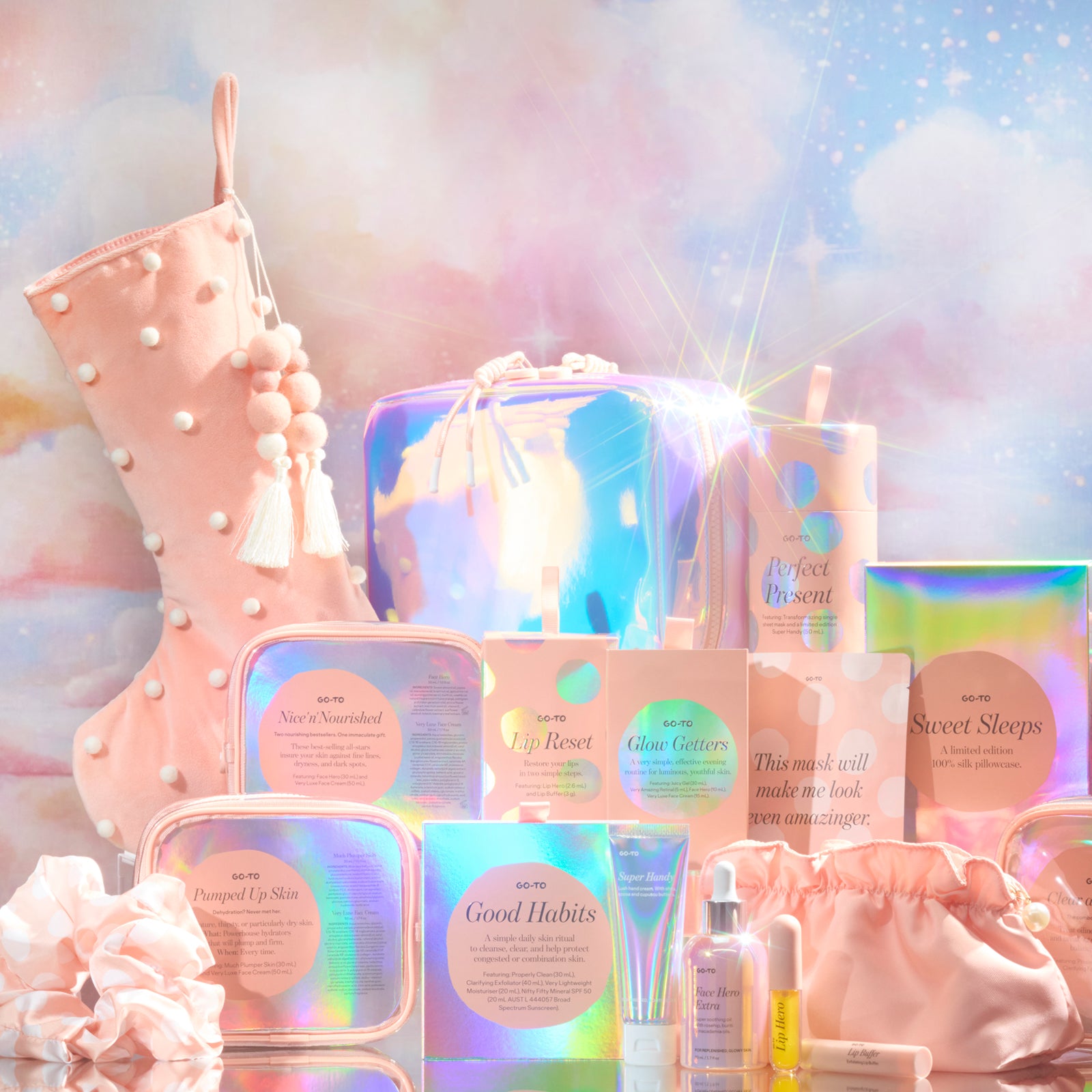

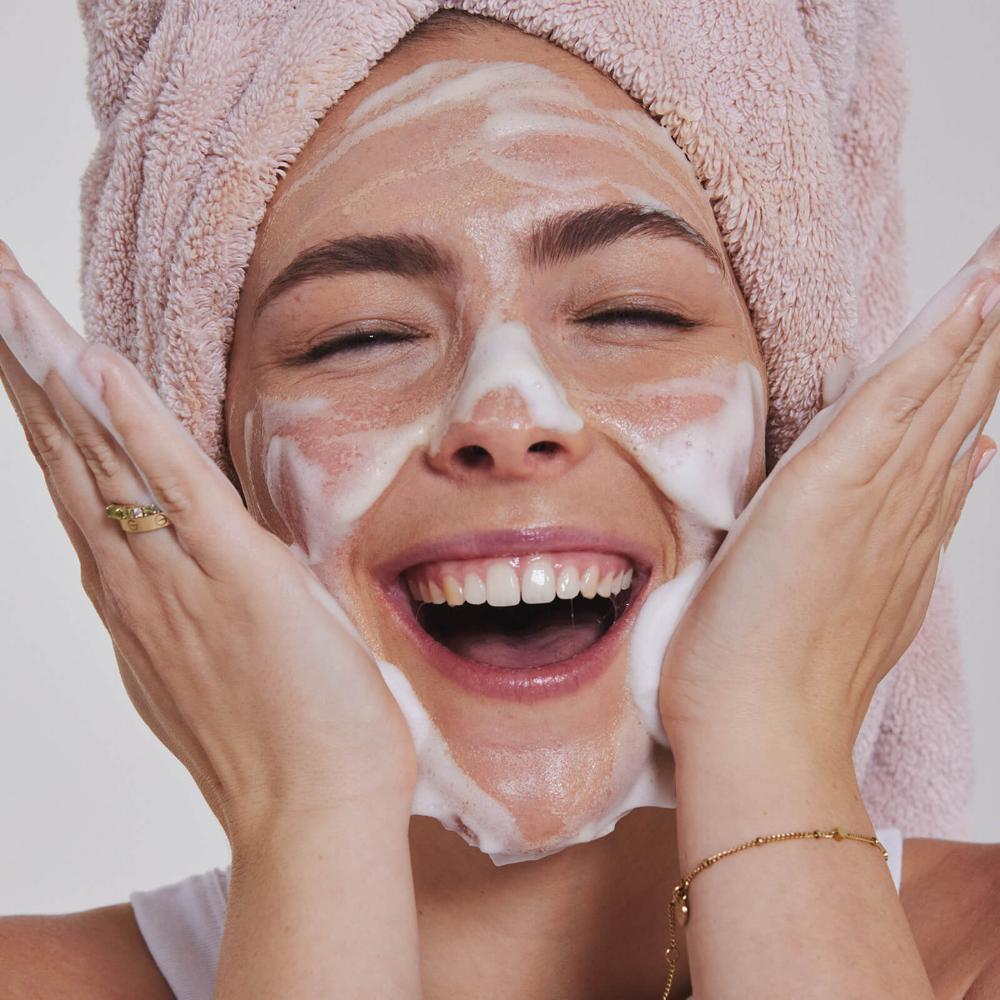
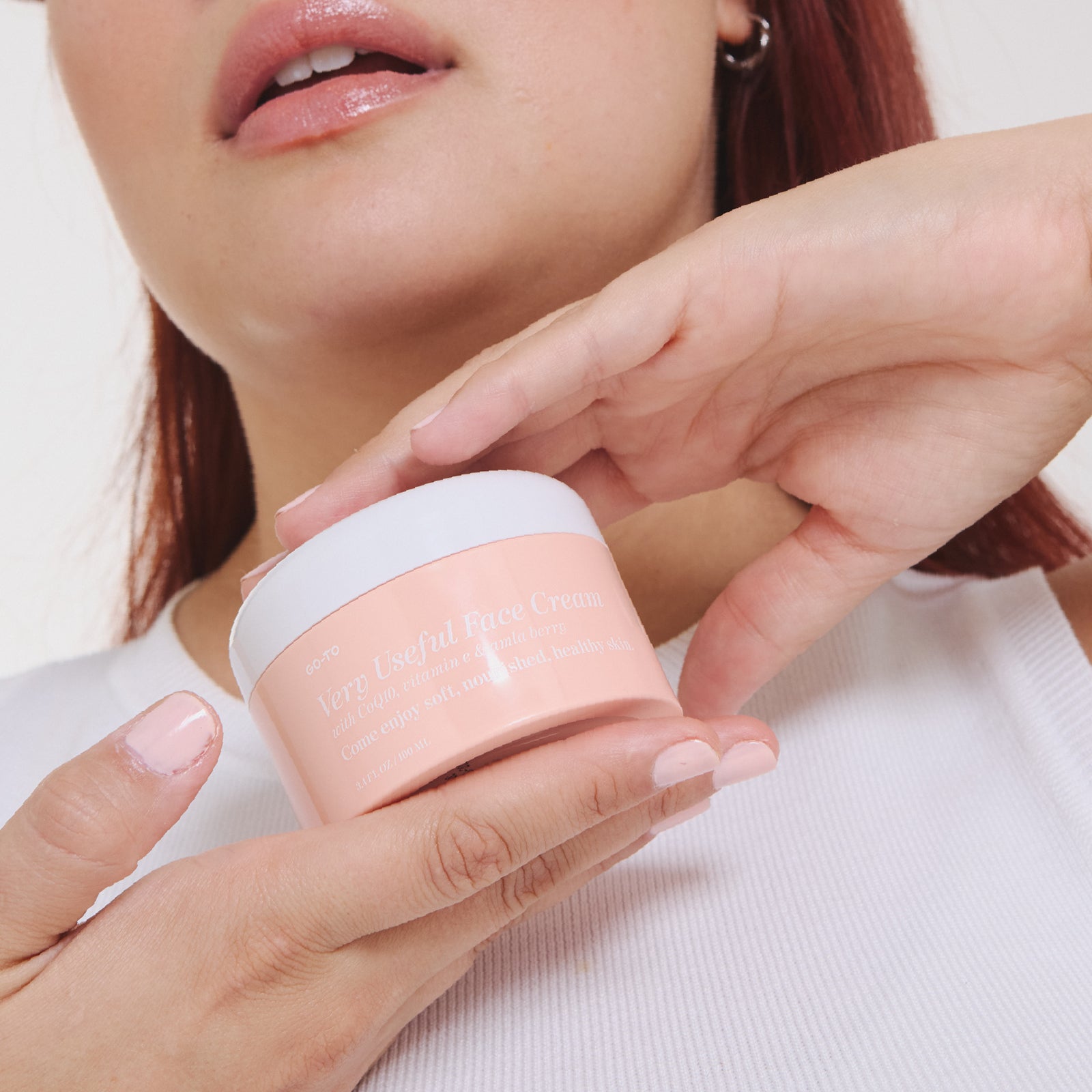

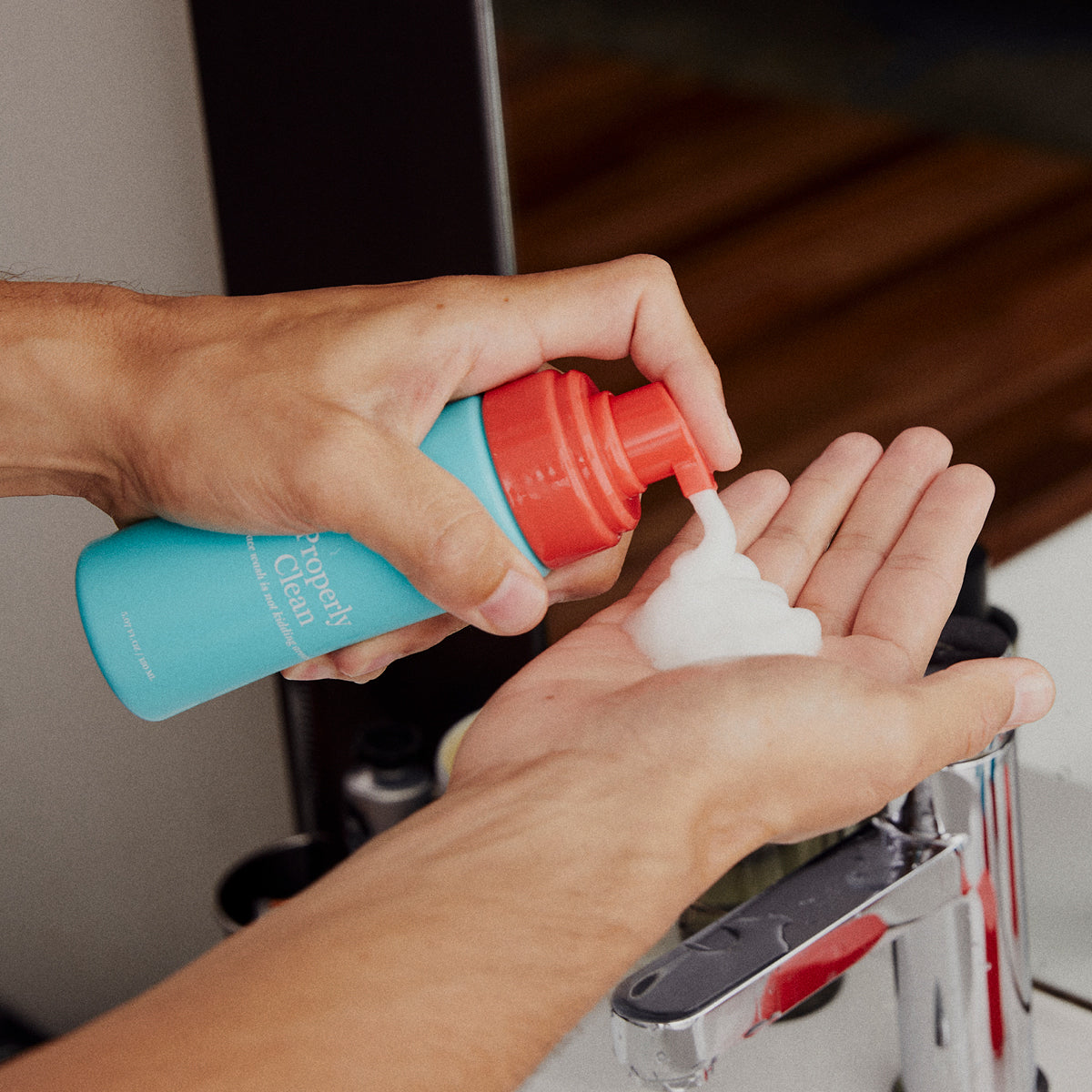
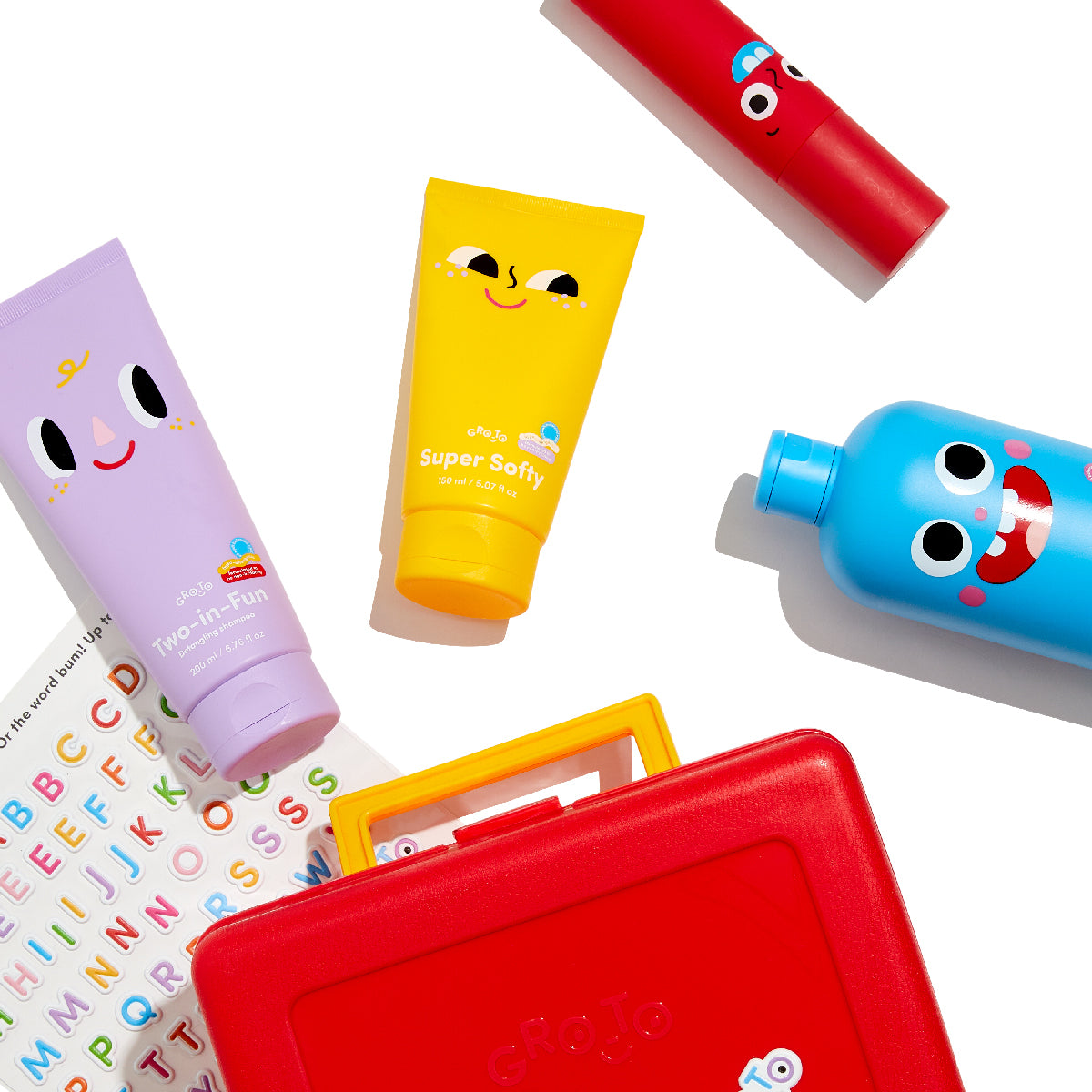
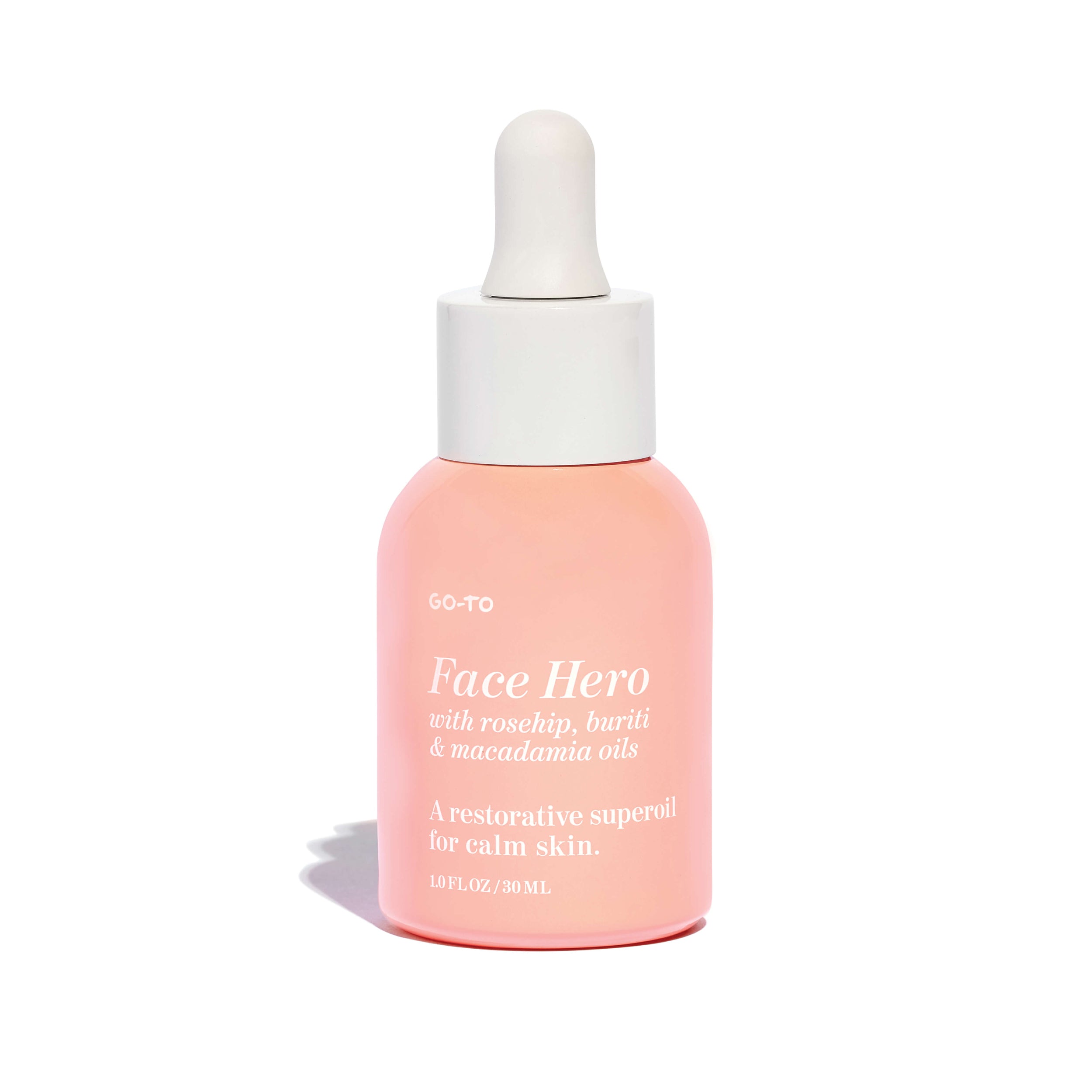
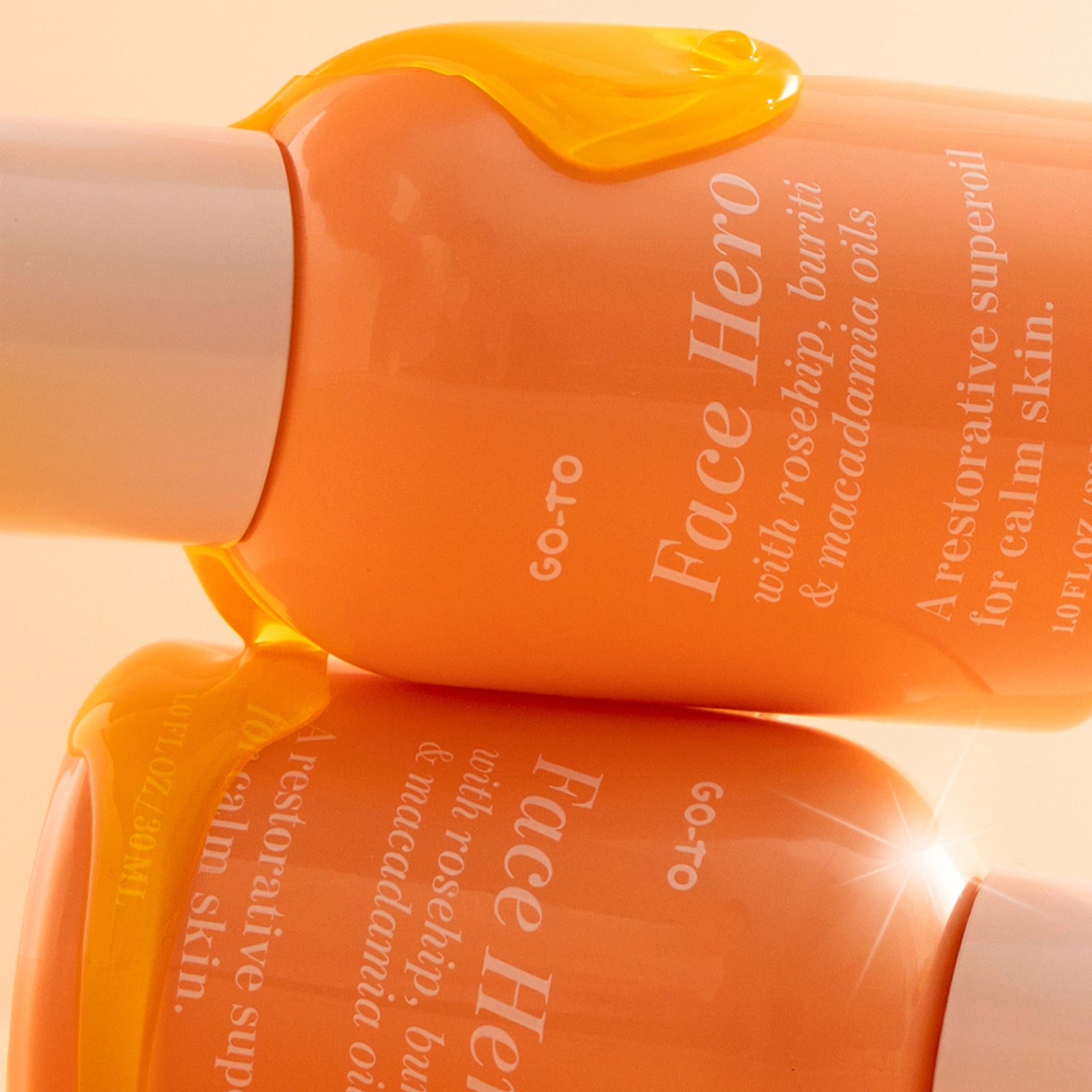
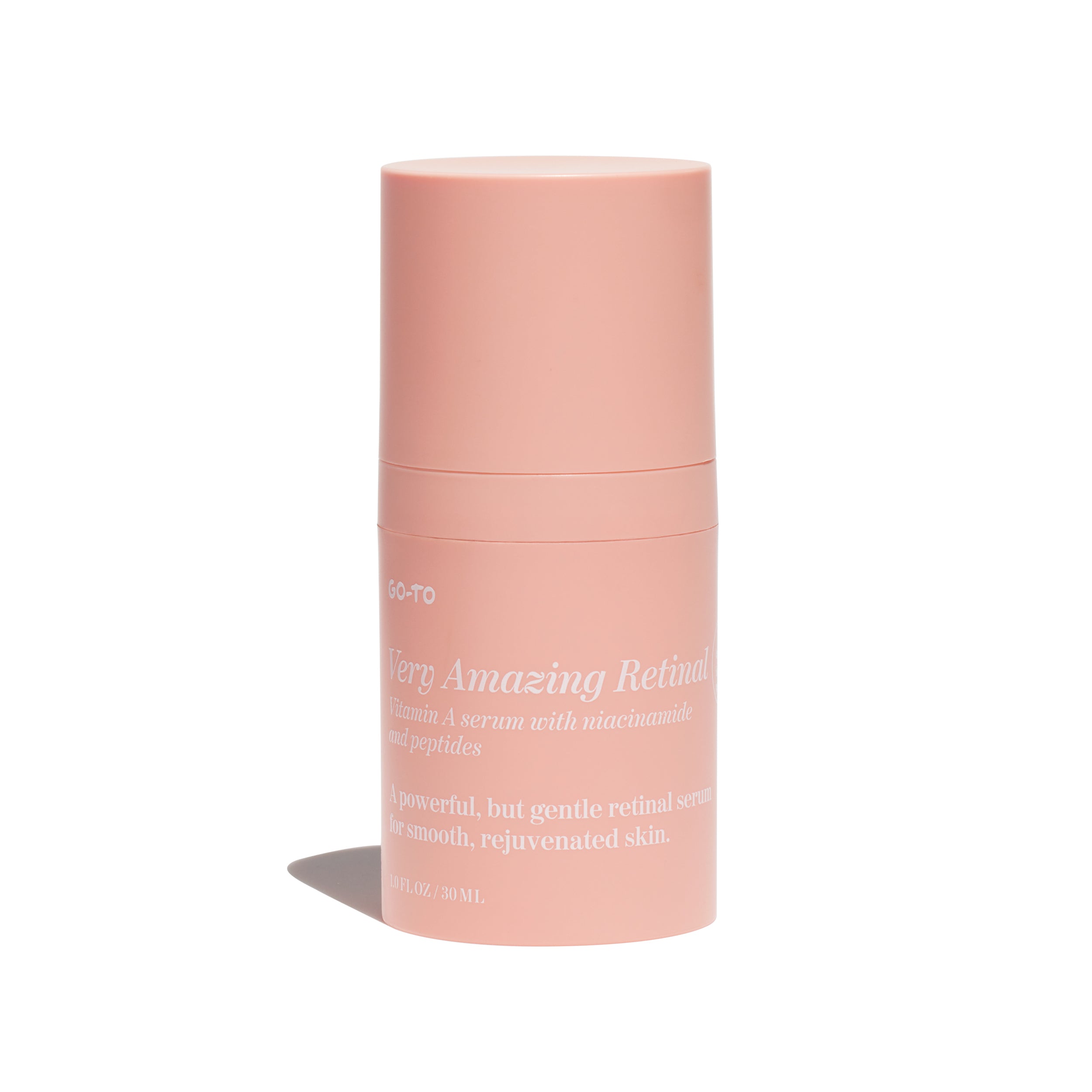
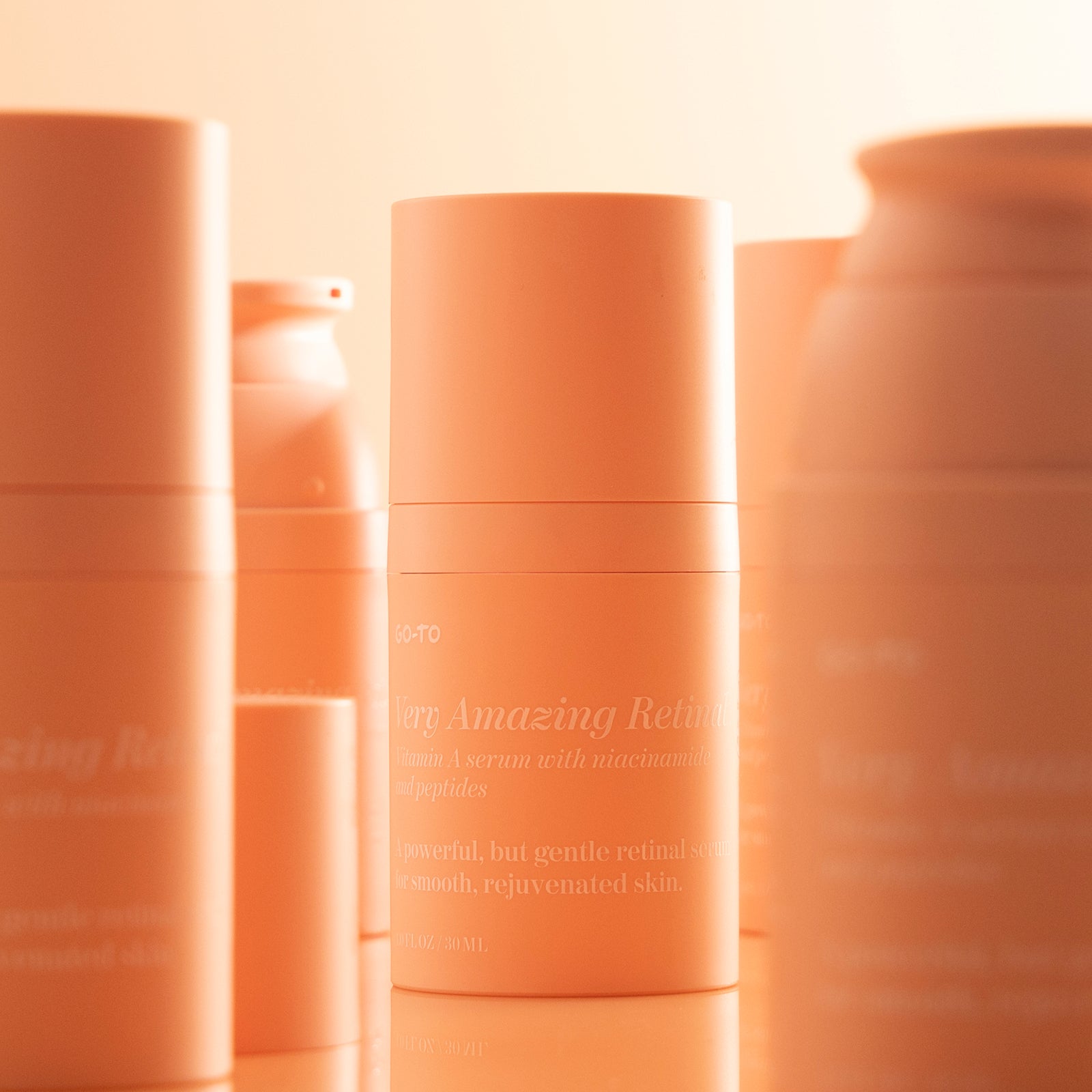
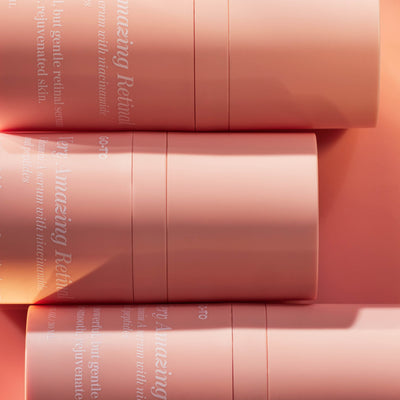



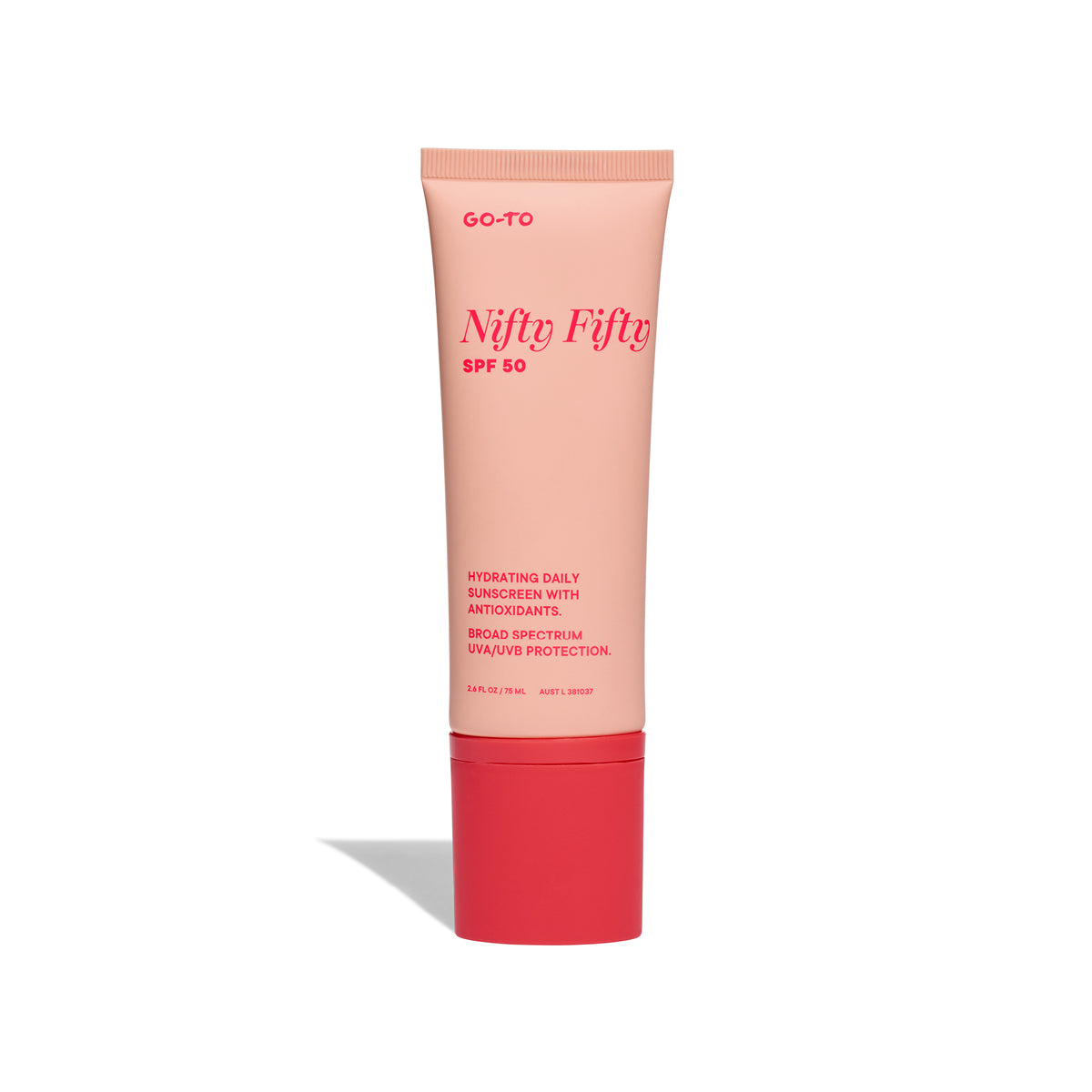
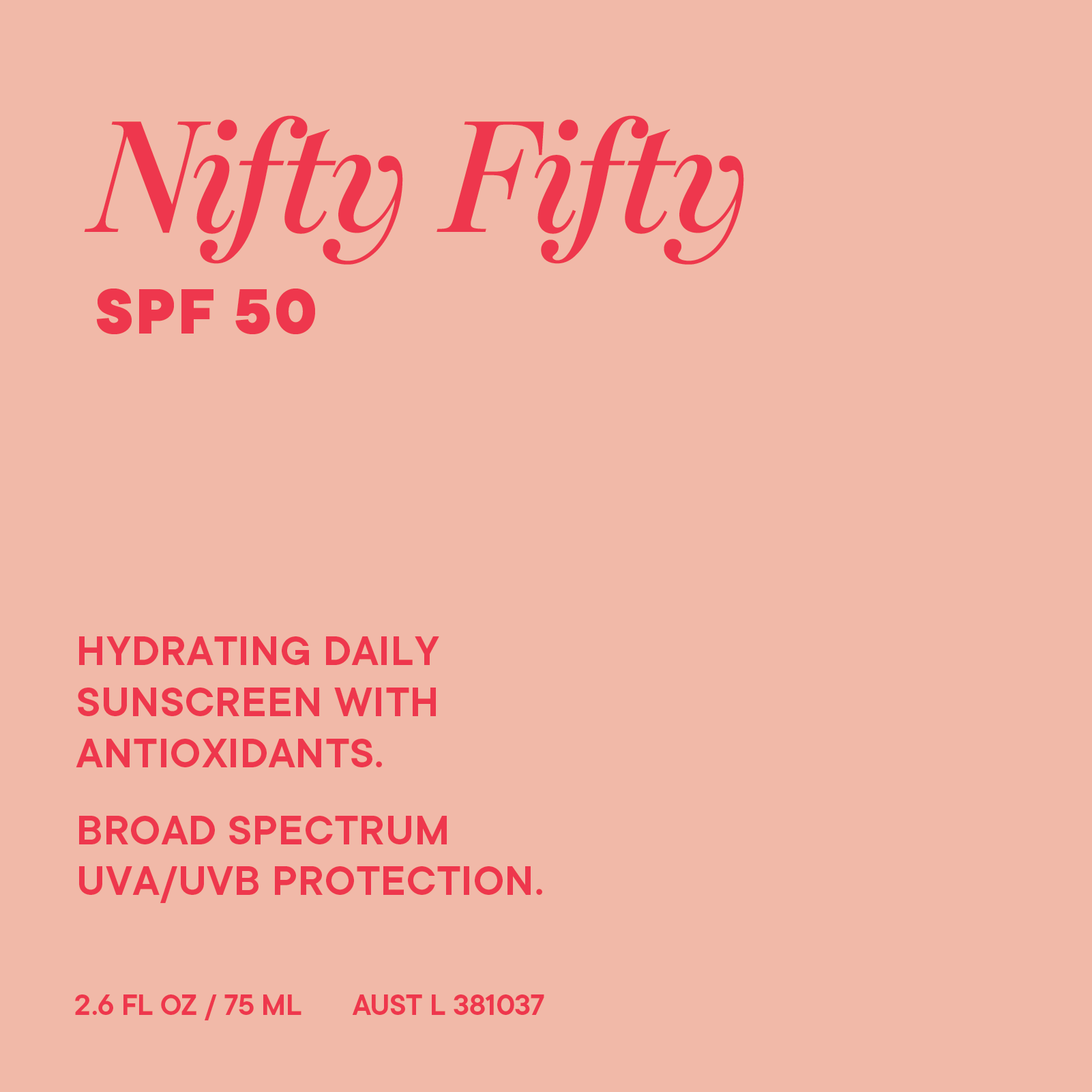
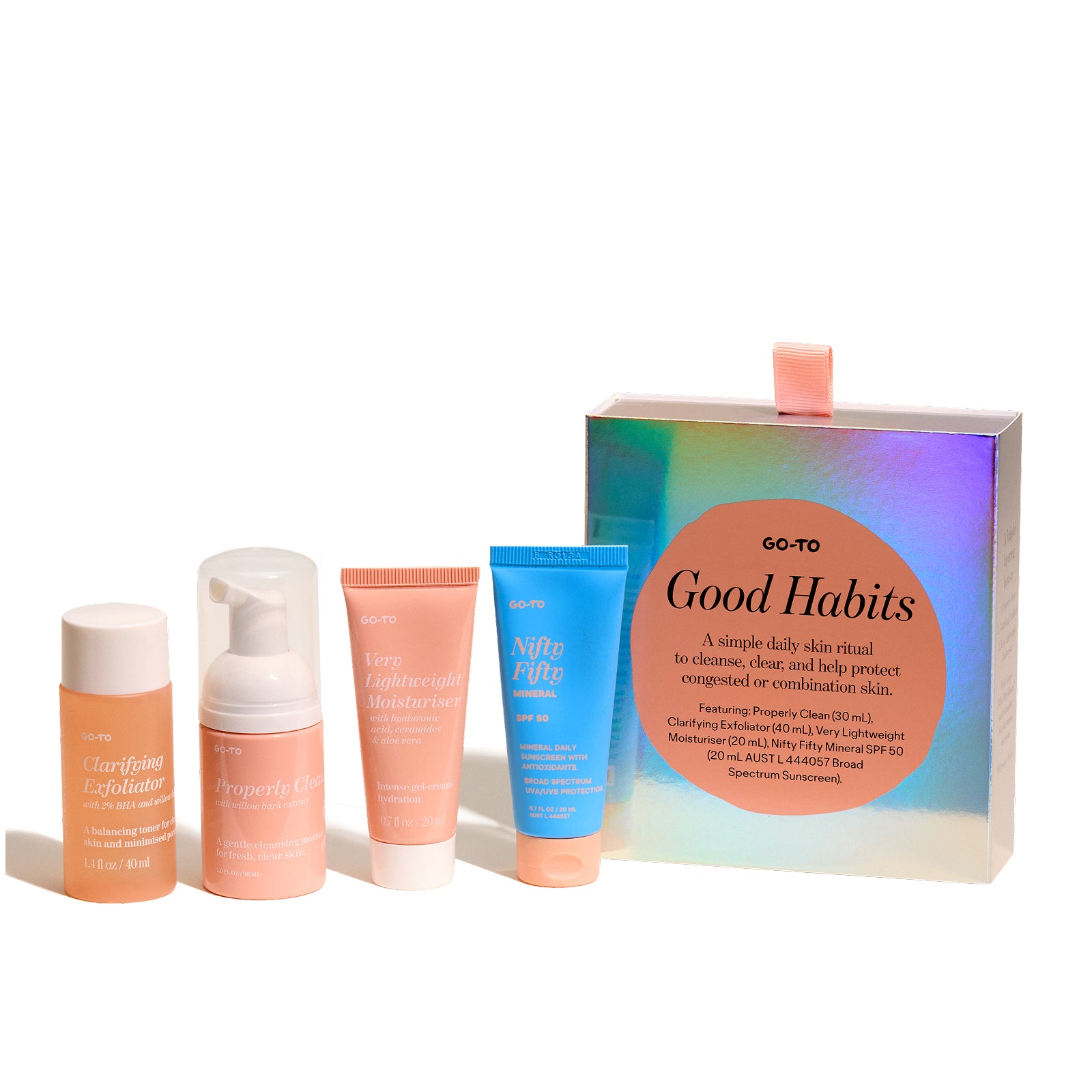
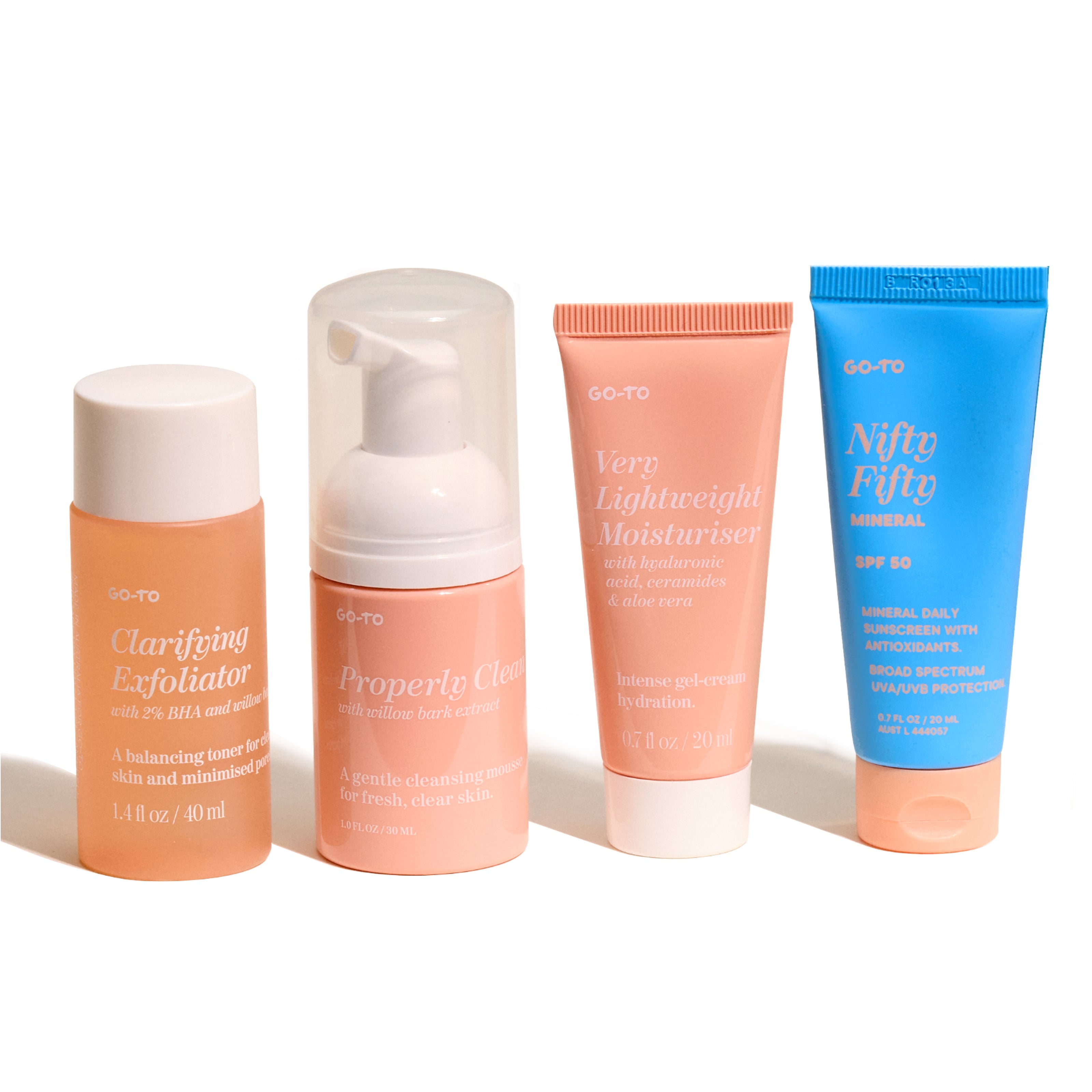

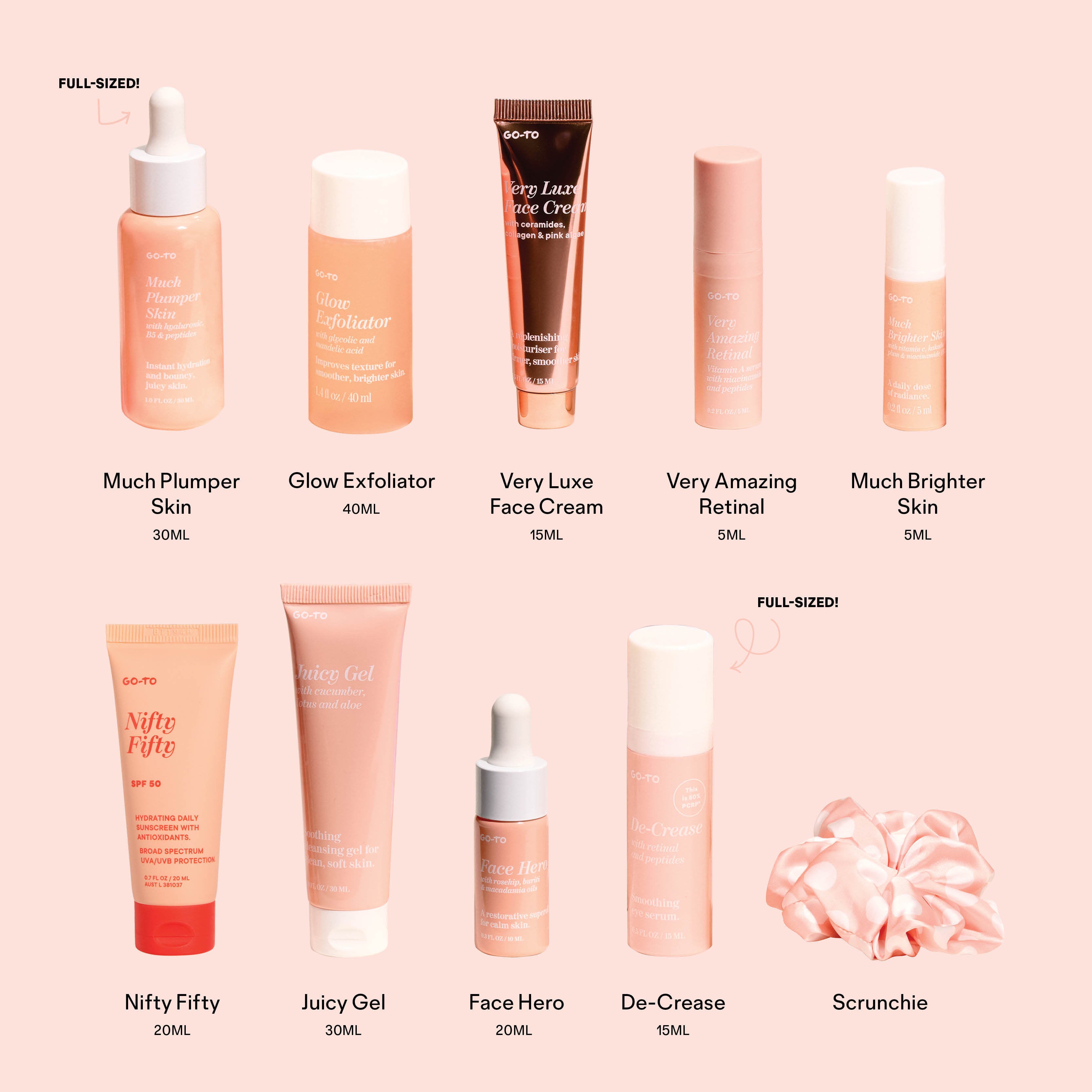


Comments